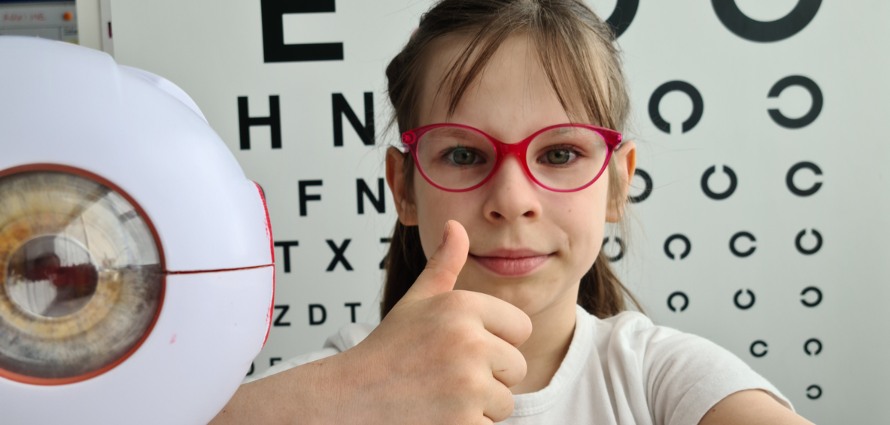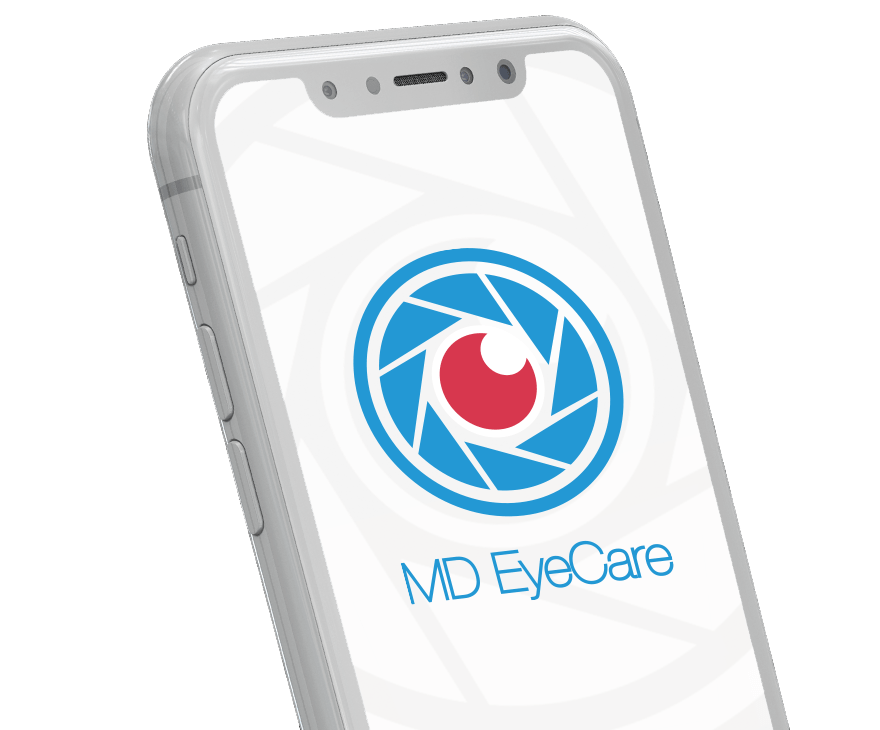Article from: MD EyeCare
Year of publication: 2023
Author: Maria Eliana Manquez, MD. Pediatric Oncology Ophthalmologist
Children’s visual health and their cognitive development
Children’s visual health is a very important factor in their cognitive development, academic performance and future job expectations. Those children with visual impairments that are not detected or treated early (< 6 years old) will have a lifelong visual development deficiency.
Many times, these children are erroneously treated for learning disorders and attention deficit disorders, not including an ophthalmologic evaluation in the diagnosis. A child who does not see well, does not learn well.
On the other hand, “a child who does not see well does not know that he or she does. He has never seen well”.
Every year 130 million children are born, that is, there are approximately 900 million children under 6 years old in the world.
The visual diseases affecting children < 2 years old are very serious in terms of survival (ocular cancer) and future visual quality (cataract, retinopathies and others). Their frequency is low and this means that its appearance is not usually suspected, thus delaying its diagnosis, and generating immeasurable economic and emotional costs.
In children between 2 and 6 years old, the most frequent diseases are refractive errors, eyeglasses problems. They affect approximately 5 to 10% of children in this age range. If they are not diagnosed and provided with glasses, these children do not learn, and their vision does not develop. At this age, 80% of learning occurs through vision (World Economic Forum, 2016).
Regardless of whether they later receive glasses, they are always going to be at a disadvantage compared to the rest.
Improving Global Child Health: The Urgent Need for Better Vision Screening
Therefore, early diagnosis and provision of glasses should be as soon as possible. In view of the above, the following table of controls has been established at a worldwide level.

The first test mentioned is the red pupil test (red reflex test). It is done with a direct ophthalmoscope. Although it is established that this red pupil test must be performed, it is not done in Chile or in the world.
And that explains why children with serious diseases such as eye cancer are detected late and receive long and expensive treatments for tumors. And many times even that is not enough and one or both eyes still have to be removed, and in spite of that they sometimes die.
For children with cataracts or other eye diseases, there is no vital risk, but there is a deterioration in the quality of life, since the eye that does not see, does not develop.
The reasons why the exam is not done is because the health personnel in charge of the healthy controls are almost never doctors and even if they were, they do not have a direct ophthalmoscope (expensive) and do not know how to use it and interpret the images observed.
“The pupillary red pupil examination and visual acuity estimation were performed with low frequency (34% and 42.3%), with the main reason for not doing so being the lack of implements to perform the exams (55% and 43%) and lack of training (29%)”.
Source: Ophthalmologic examination during well-child checkup in primary care: Knowledge and difficulties of the health team members. (Archives of the Spanish Society of Ophthalmology, 2020).
Authors: López JP, Barriga MM, Lecea D, Parada C, Stephens G.
Technological advances and artificial intelligence have allowed us to offer with MD EyeCare a simple solution for the early detection and treatment of eye problems with an accuracy rate over 85%.
Some conclusions and urgent actions:

1. Importance of Education and Training: Many health personnel lack the training and tools to perform proper eye examinations. It’s crucial to advocate for necessary educational programs and equipment provisions to these health workers, ensuring early and accurate detection of eye problems in children.
2. Role of Parents and Caregivers: Parents and caregivers play a vital role in early detection of visual problems. Awareness campaigns should focus on educating them about the signs of visual impairments and the importance of regular eye check-ups.
3. Policy Changes: Advocacy for policy changes can also be a part of the solution. Governments and health organizations should prioritize children’s eye health, make visual screening a compulsory part of regular health check-ups, and ensure affordable treatment is available for all children.
4. Socioeconomic Factors: Socioeconomic disparities greatly affect the access to early detection and treatment, exacerbating inequalities in visual health and educational outcomes.
6. Inclusion in Education: Schools and educational institutions should support children with visual impairments, ensuring they have access to the same learning opportunities as their peers.

